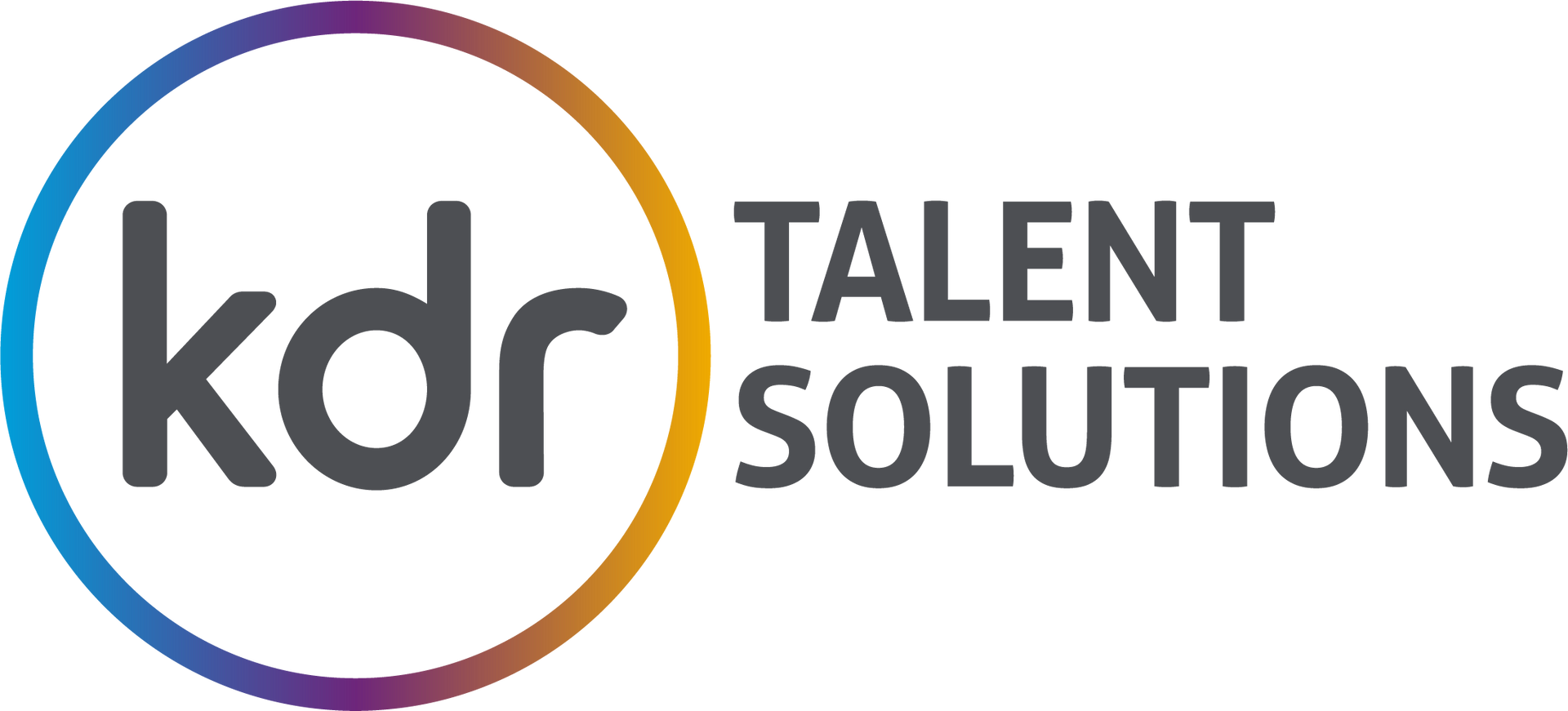5 Tips for skills based hiring
One of the biggest trends in 2024 is a focus by employers on skills based hiring

One of the biggest trends in 2024 is a focus by employers on skills based hiring v’s more traditional recruitment which focuses instead on qualifications, academic institutions and former employer companies. Our advice to companies seeking to harness the full potential of their data-driven initiatives is to prioritise strategic skill alignment when hiring data technology and analytics professionals. This is a more focused approach to recruitment and ensures that new hires not only fill technical gaps but also align closely with the company's long-term strategic goals, thereby maximising the impact of their data-driven projects. It also really drives inclusive recruitment practices which is what you should all be striving to nail.
Understanding Strategic Skill Alignment
Strategic skill alignment involves matching candidate skills and potential with the company's current and future needs. This goes beyond assessing technical capabilities to include soft skills, adaptability, and alignment with the company's culture and strategic vision. By prioritising this alignment, companies can enhance team cohesion, drive innovation, and better adapt to evolving market dynamics.
We have seen from our annual State of Data Report how important softer skills are to the community. In fact the more senior the role, the more important they become for influencing, project management, buy in, communicating across departments stakeholders and suppliers.
Top 5 tips to successful implementation of skills based hiring processes:
1. Before starting the hiring process, identify the specific skills that are crucial for success in the role. Break these down into hard skills (e.g., programming languages, analytics tools) and soft skills (e.g., communication, influencing, teamwork). This inventory will then serve as a basis for evaluating all candidates consistently.
2. Write job descriptions that highlight the skills and competencies needed rather than focusing solely on degrees and certifications. This not only widens your applicant pool but also attracts candidates who are confident in their abilities to perform the job. A word of warning here though, make sure you are being very clear on skill expectation. An experiment reported by WEF showed that the clearer job adverts were around the expectations, the more women were likely to apply. (You will have heard about how women are very likely to self-select themselves out of the application process if they perceive they are not qualified v's men who tend to apply regardless). The way around this is to avoid woolly language instead providing prescriptive instructions like "we invite applications from people with xyz"
3. Tailor interview questions to directly assess the candidate’s proficiency in key areas. Use behavioural interview techniques to ask candidates to describe past experiences that demonstrate their skills and how they've applied them in real-life scenarios.
4. Commit to the continuous development of employees’ skills post-hire. Provide training and learning opportunities that allow employees to upgrade their skills as needed, which helps in retaining talent and keeping your team competitive.
5. There is some argument to utilise skills assessments but note that there is also evidence that providing skills tests upfront can thin out your pipeline as professionals are increasingly time poor. If you are considering it, this could include technical tests, problem-solving exercises, or project simulations relevant to the role. These assessments can help to objectively evaluate a candidate's ability to perform job-specific tasks.
Why use this technique?
Employees whose skills and career aspirations align with their roles are more likely to be engaged and productive because it promotes job satisfaction and employee retention by aligning roles with individual career aspirations and competencies.
Skills aligned professionals are more adept at identifying and pursuing innovative opportunities that align with business goals and because the skills are aligned with the company’s strategy, a company can adapt and grow more effectively - driving continuous improvement.
Skill alignment helps in forecasting future talent needs and preparing the workforce for upcoming challenges and technological advancements.
In 2024, as companies increasingly rely on data to make informed decisions and drive business outcomes, the importance of hiring data technology and analytics professionals who are strategically aligned with the company’s goals cannot be overstated. By emphasising strategic skill alignment in their hiring practices, companies can build more diverse, effective, innovative, and adaptable teams.






